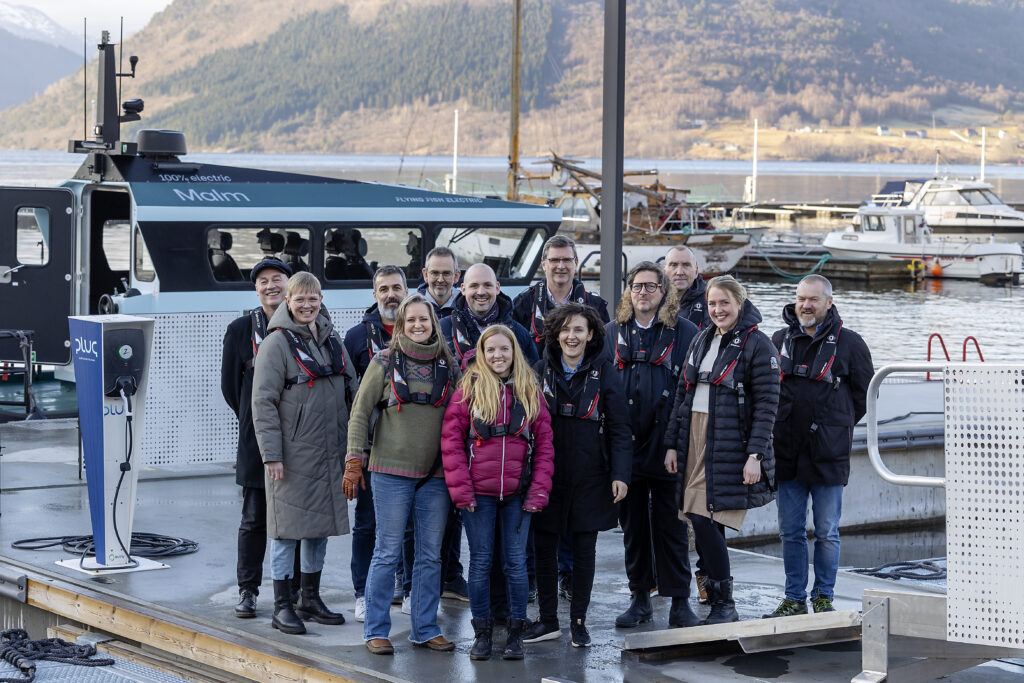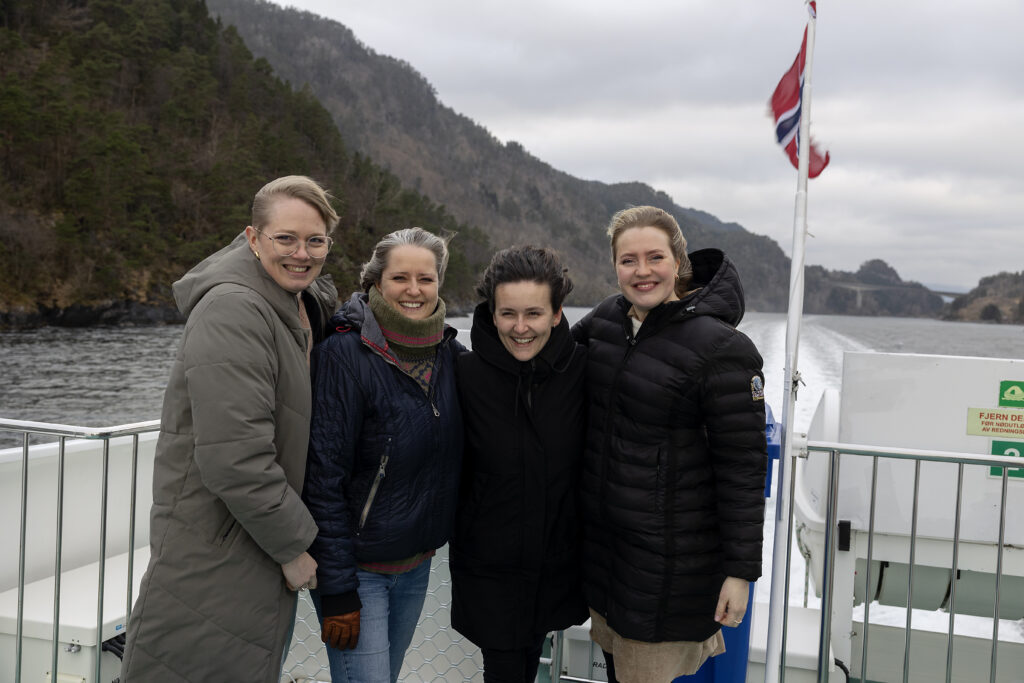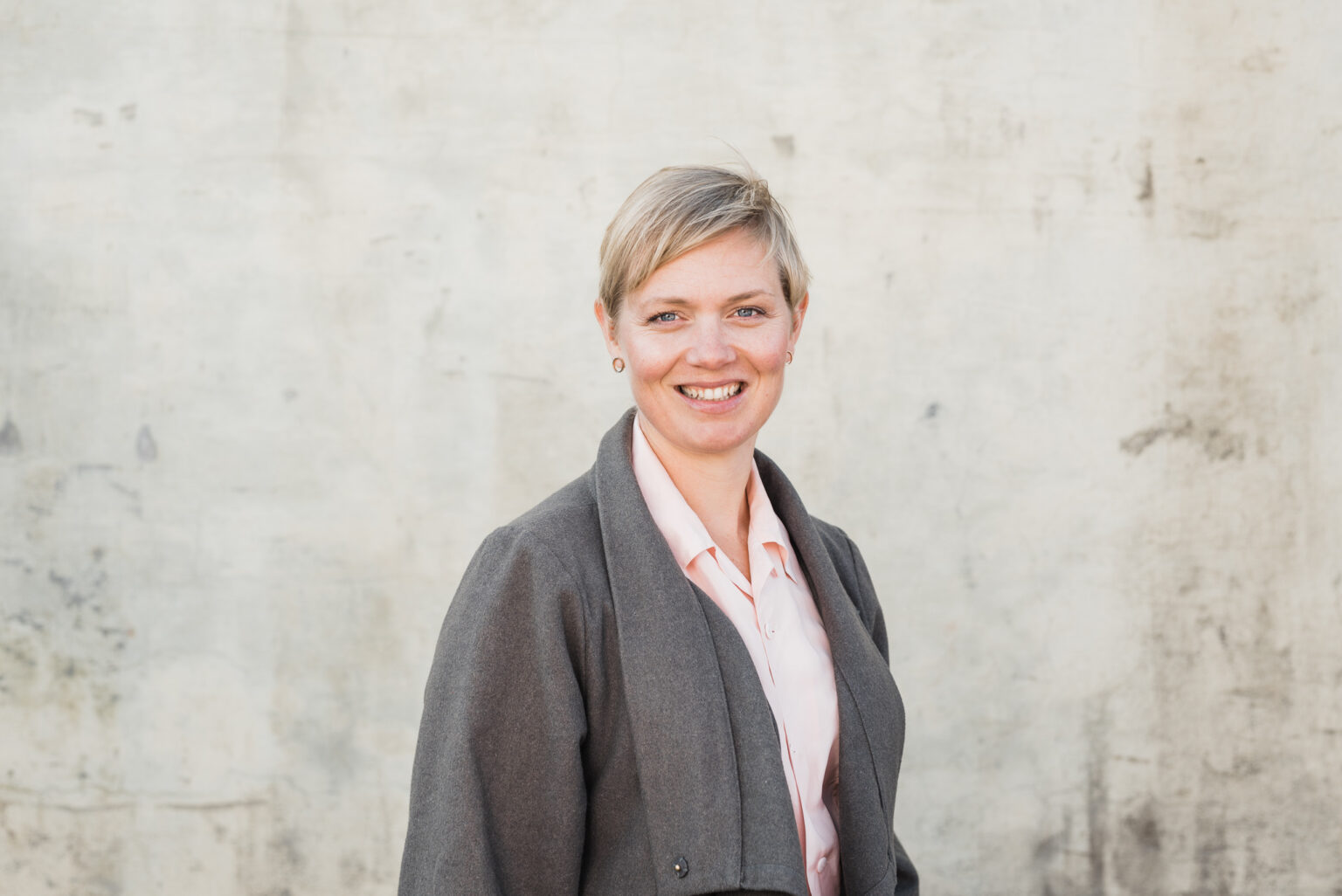Photo by Cecilie Bannow
Simplifying collaboration across
– The purpose of my position is to make it easier to collaborate across blue and green bioeconomy. Agriculture, aquaculture, and fishery have a lot of potential to make projects together that benefits them all, Elise says.
Even though Land Meets Ocean mainly is driven “only” by Elise, the project is a collaboration between the four national clusters NCE Seafood Innovation, NCE Heidner Biocluster, NCE Blue Legasea and Biotech North.
The project aims to stimulate increased growth, circularity, and sustainability in the bioindustries, and it has four focus areas:
- Increased circularity
- New raw materials for fish and land animals
- Improved use of residual raw material and side streams
- Cross-sectorial cooperation, industrial symbiosis, and new value chains
Smart use of our resources
Elise Sæle Dahle is passionate about facilitating collaboration to improve our footprint and use our resources smarter. Today, linear use of resources is the common way.
– For example, in salmon farming they lose the same amount of phosphorus as agriculture imports as fertilizers. Is that a sustainable use of our bioresources, she asks.
– And if Norway is to significantly increase the value creation in the circular economy, collaboration is vital to establish more circular use of our resources.

Blue mussels as chicken feed
One of the ongoing projects at Land Meets Ocean is BlueMusselFeed, which aims to test blue mussels as an ingredient in chicken feed. Fiskå Mølle, Lerøy Ocean Forest, Eide Fjordbruk, Norforsk, Animalia and Nortura are the industry partners.
– Using blue mussels instead of imported proteins can improve the footprint of feed and increase Norway’s self-sufficiency. This is a great example on what we can do if we collaborate across sectors, Elise says.

Your own innovation department
Cluster to cluster collaboration is an excellent approach to stimulate project creation, innovation and circular solutions, and Elise’s role functions as a bridge between them.
Also, members of the clusters are welcome to reach out to Elise, she says.
– I will be your extended innovation department, and I’ll happily discuss project ideas.
Contact Elise at elise.sale.dahle@klosser.no
